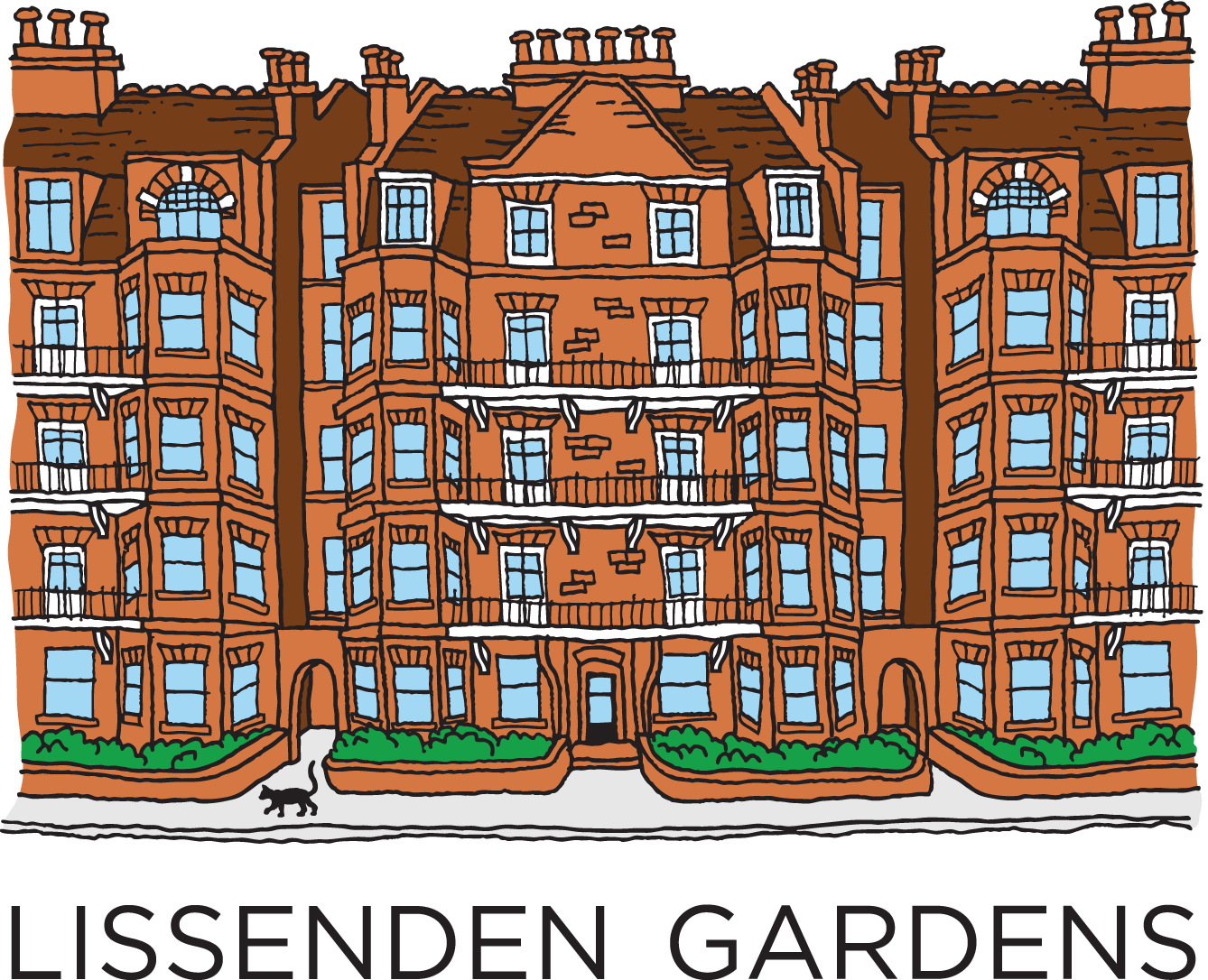Lissenden Gardens fights gentrification
The late 1960s and early 1970s saw gentrification dramatically changing the make-up of London’s streets. Houses in inner London that had been lived in by working-class families – usually one family occupying the two rooms on each floor – were emptied of their tenants and then sold to middle-class people. Meanwhile local councils were building housing estates. Gentrification happened because changes in the tax system made it more profitable for landlords to sell the homes they owned rather than renting them out. Initially houses were affected but then specialist property companies began eying up blocks of flats with a view to forcing out the tenants in order to sell the flats.
The Armstrong family had decided to sell Lissenden Gardens and in 1972 announced they were inviting bids. The tenants were terrified, fearing they could lose their homes if a speculative ‘flat breaker’ bought the estate. The residents immediately set up a tenants’ association to try to protect their homes.
Various ideas were pursued: to set up a housing association to buy the estate; to get the council to buy; or to find a sympathetic landlord who would work with them and protect tenants’ interests.
Despite residents’ efforts, the Armstrongs refused to negotiate and the estate was sold to the highest bidder. Tenants’ worst fears were realised. The buyer was a company, Gulindell, whose owners had already been exposed in the press for unscrupulous tactics in emptying houses and flats for sale.
The tenants’ association refused to accept this was the end of the story. They campaigned publicly against Gulindell and in support of the council’s attempt to compulsorily purchase the estate. Gulindell had empty flats on sale but the residents made sure none were sold. Almost every window on the estate had a poster warning possible purchasers that the estate might be bought by the council. The tenants resisted rent increases and attempts by Gulindell to make them pay for internal repairs.
Tenants’ association Mildred Levison putting up the No Entry poster by Gospel Oak station (permission sought)
The new landlord’s response to this pressure was to offer existing tenants a 20% discount on the price of their flats, for one year. This was the defining moment for the estate. The tenants’ association did a survey of people’s incomes and found that few could afford the £27,500 average price being asked. They rejected the deal.
Camden Council leader Frank Dobson celebrating the purchase with Lissenden activists Christine Collins (left), Mildred Levison and Reg Wright (right) and resident Richard Conquest ( middle back) (Ham and High, 12/10/73)
Central government turned down the council’s compulsory purchase bid. Gulindell, having borrowed to buy the estate, had failed to sell a single flat and the world financial situation was rapidly worsening. The council’s offer to buy began to look tempting and in October 1973 the sale was completed. Lissenden Gardens became a council estate.
To Paradise by Way of Gospel Oak: a mansion flat estate and the forces that shaped it by Rosalind Bayley, is published by Camden History Society and is on sale at The Owl Bookshop or from the author and available at Swiss Cottage Library and the British Library.


